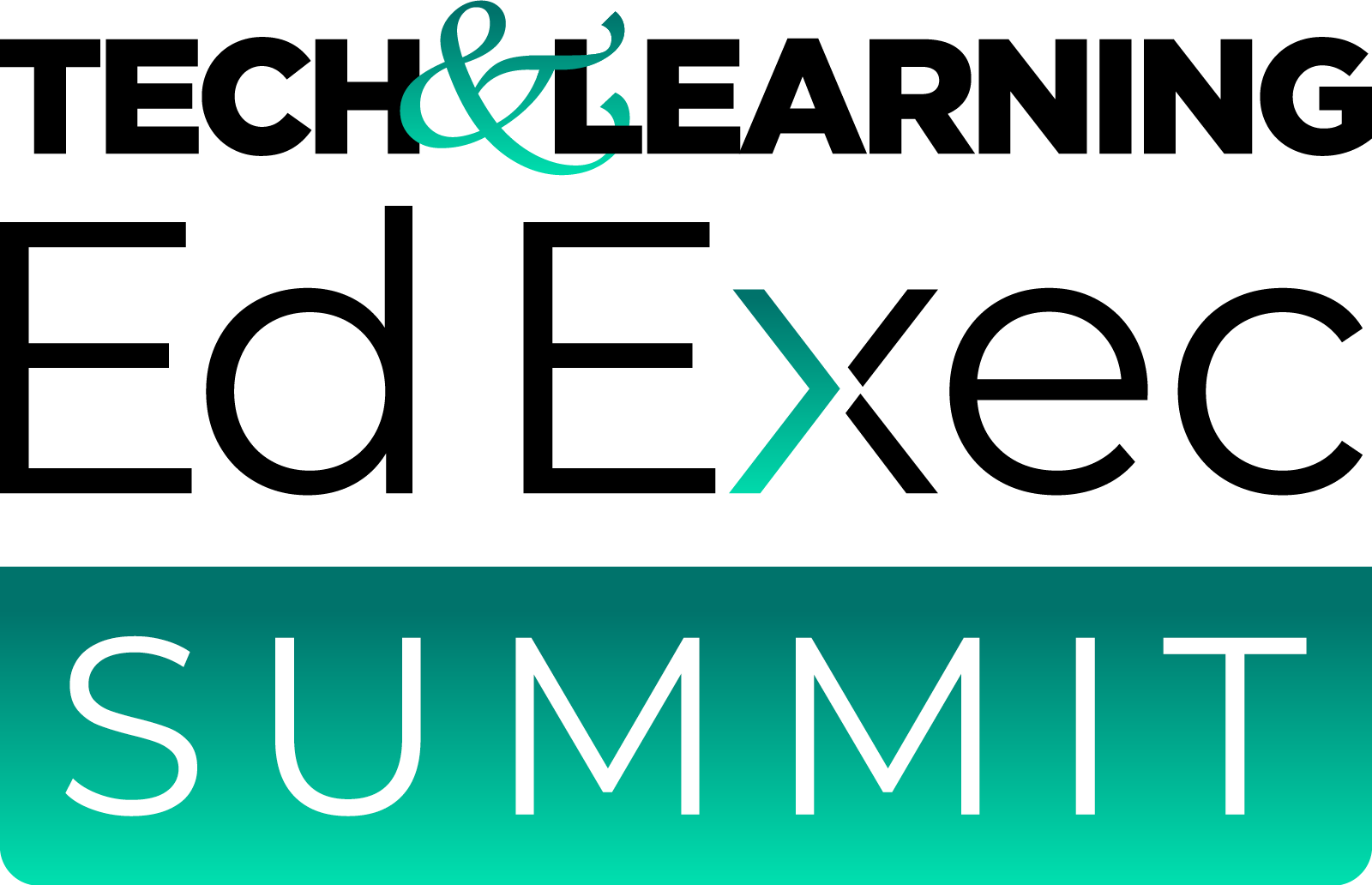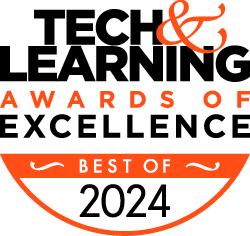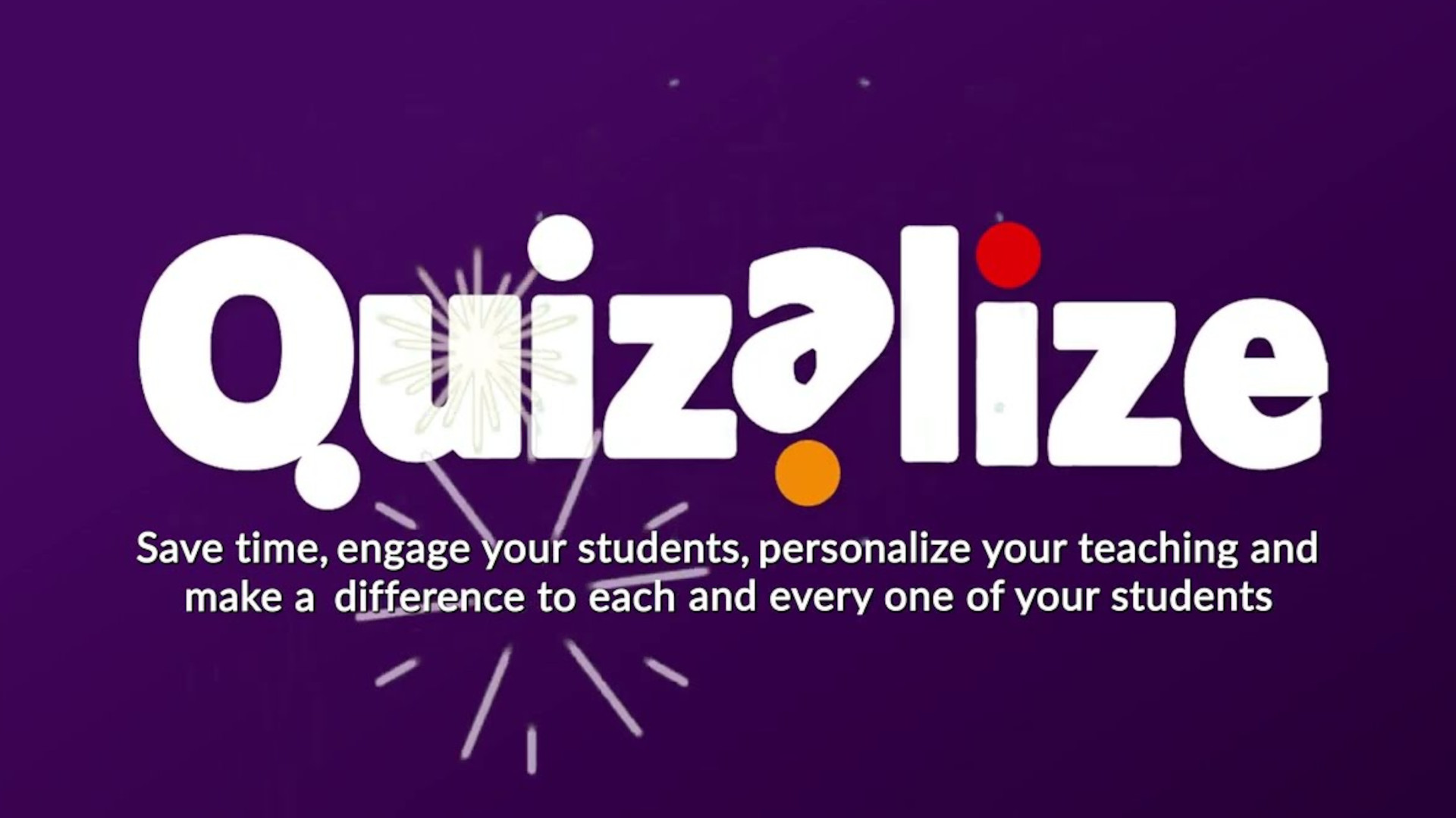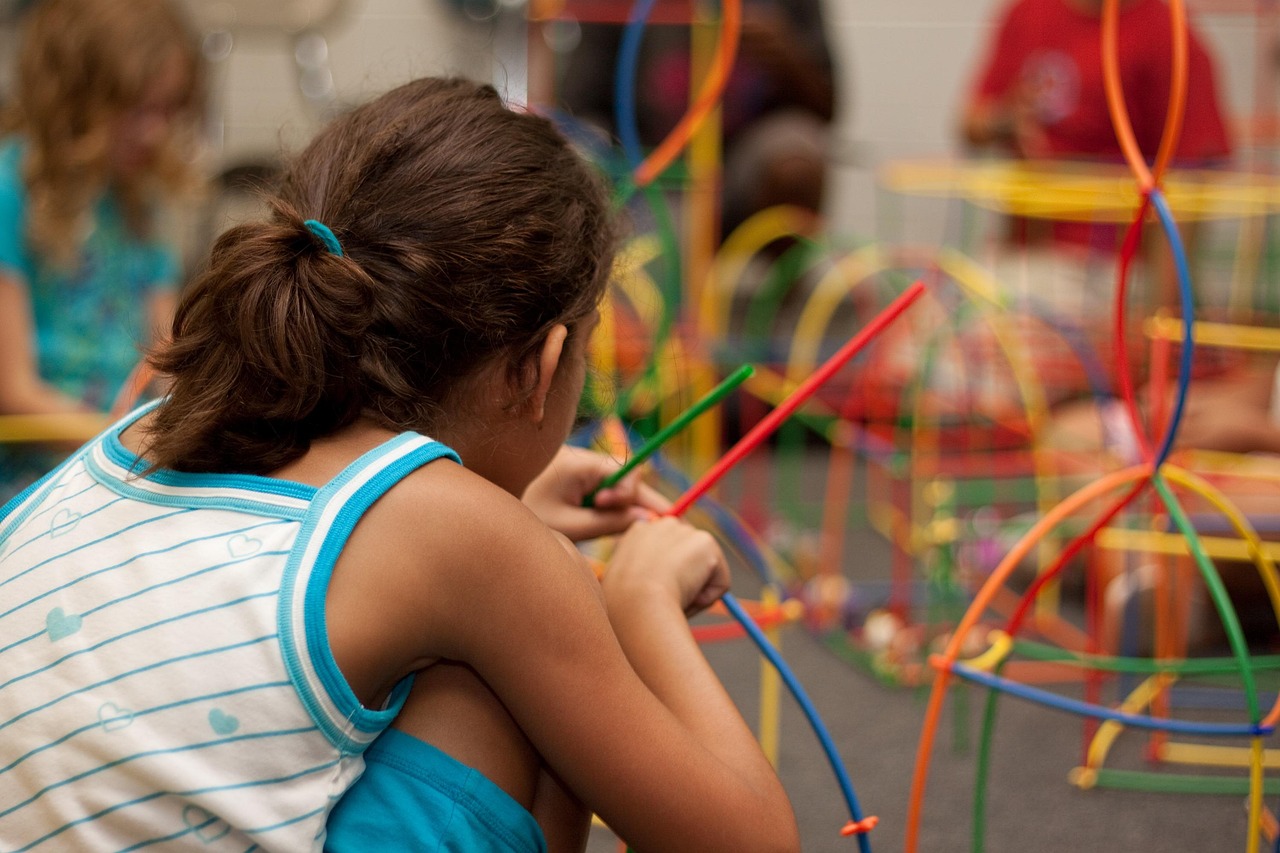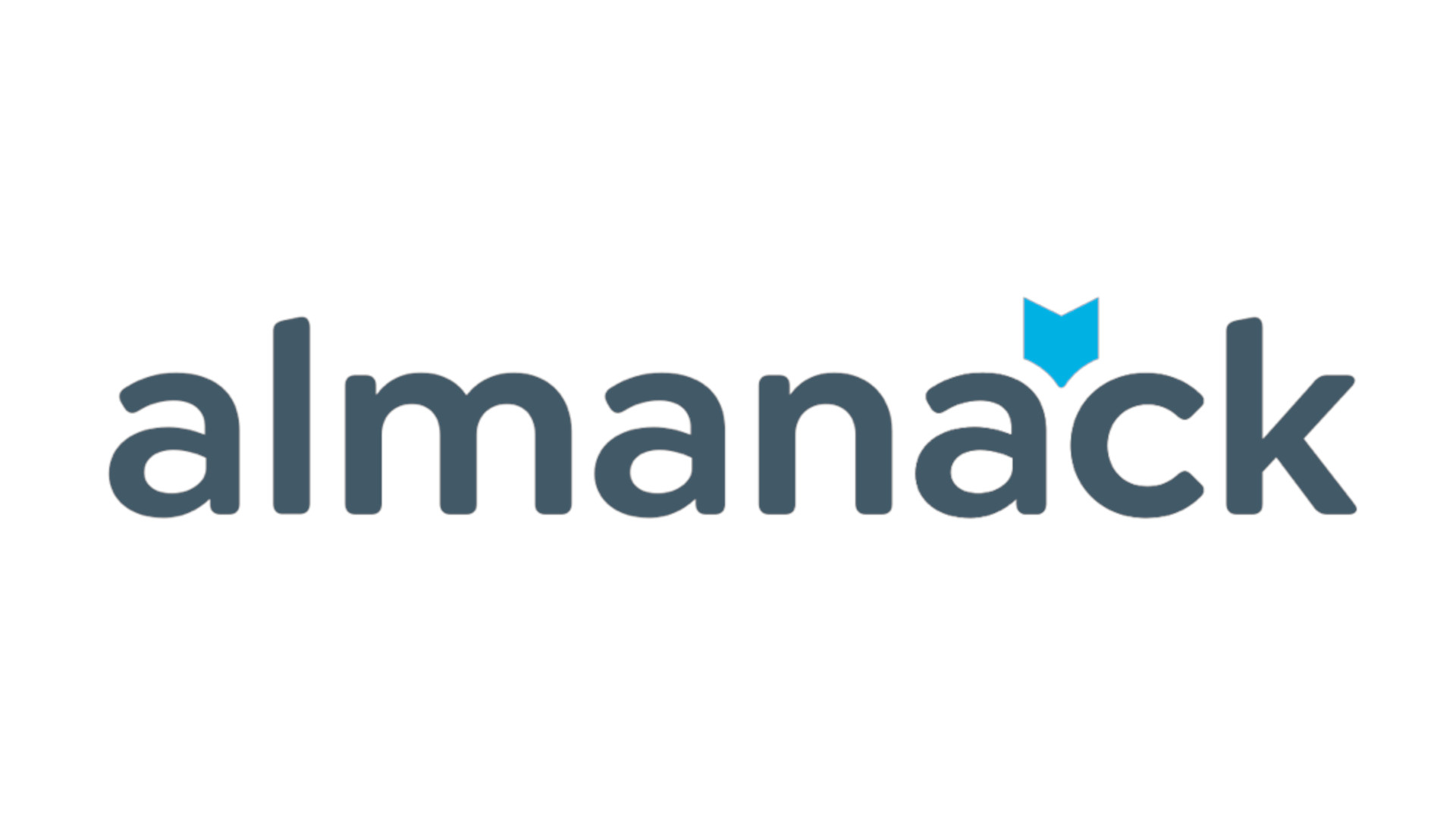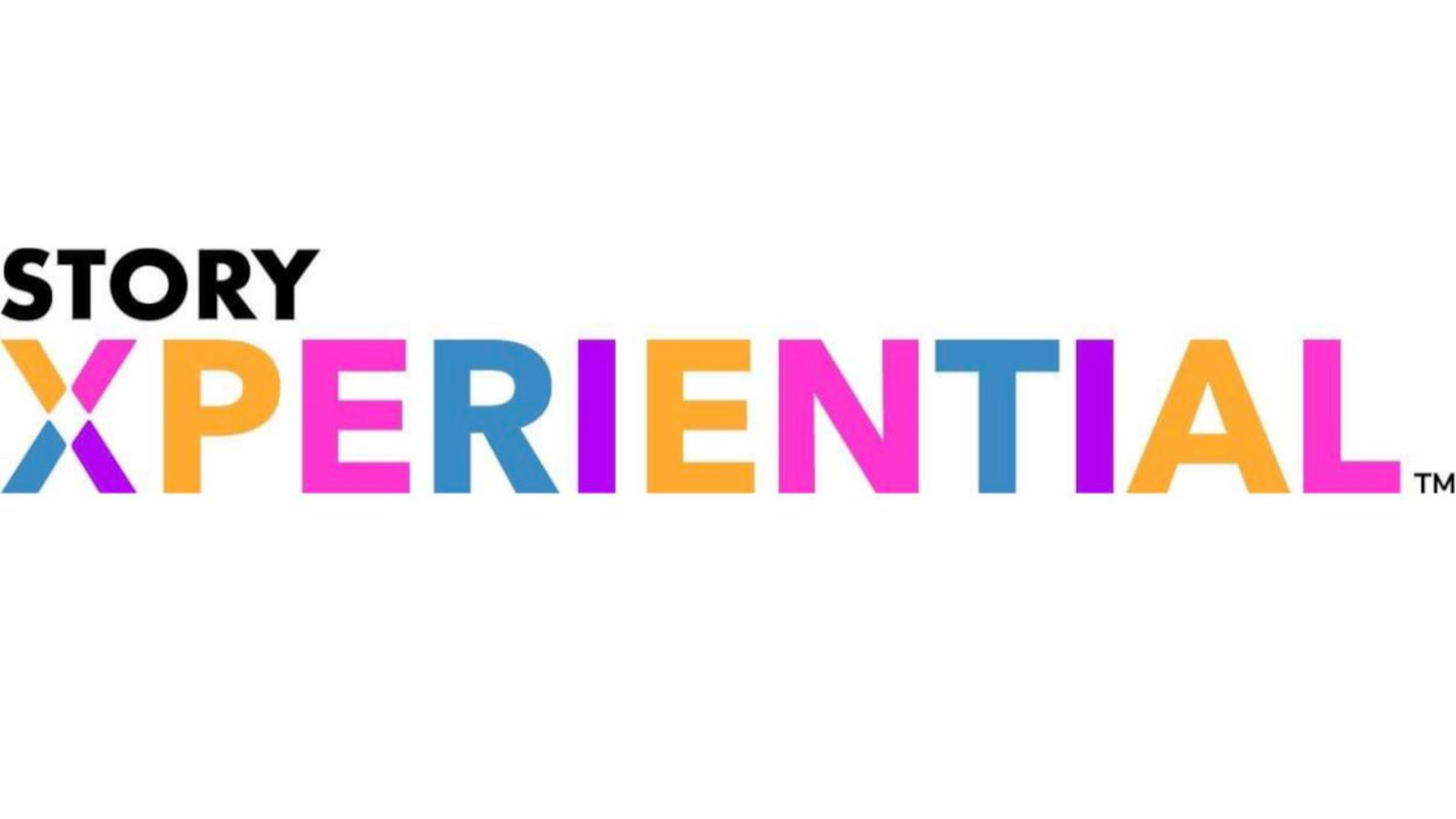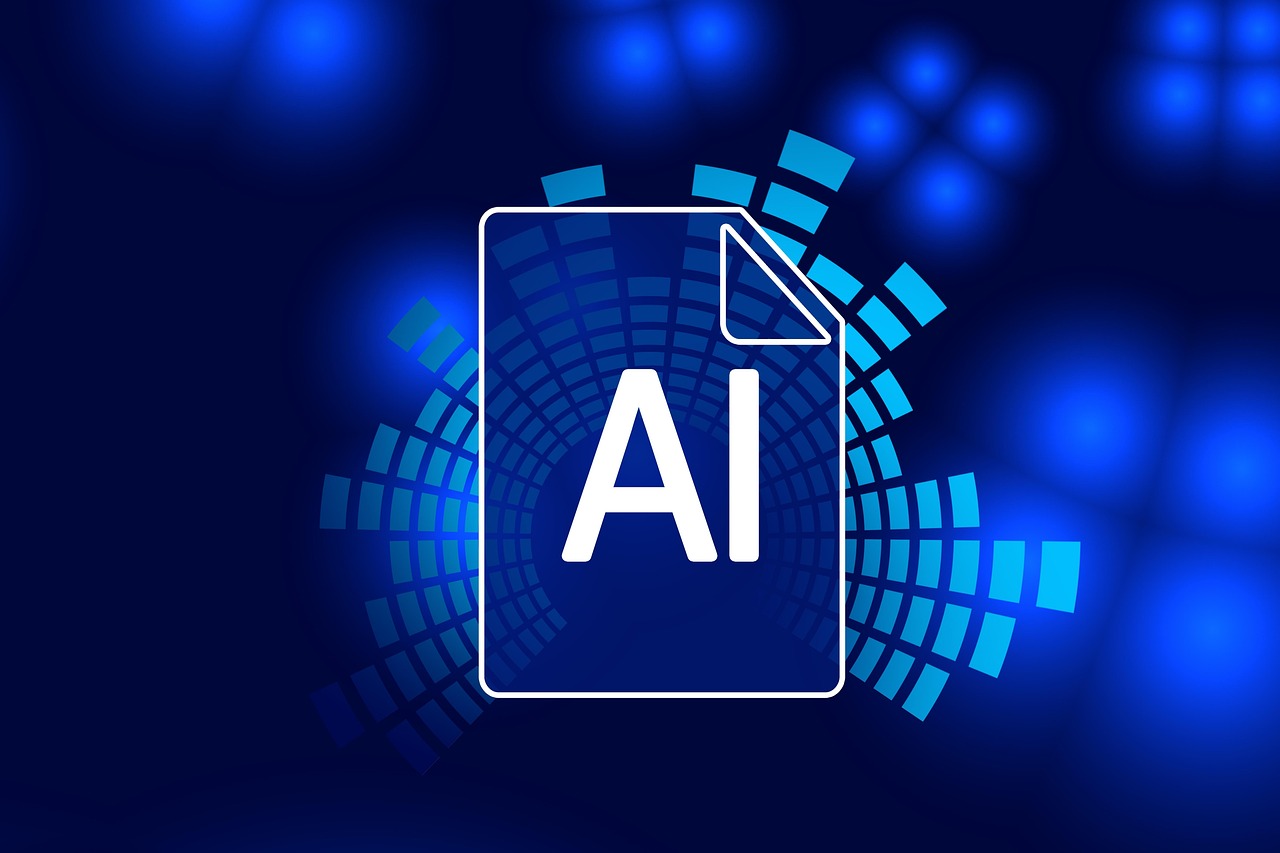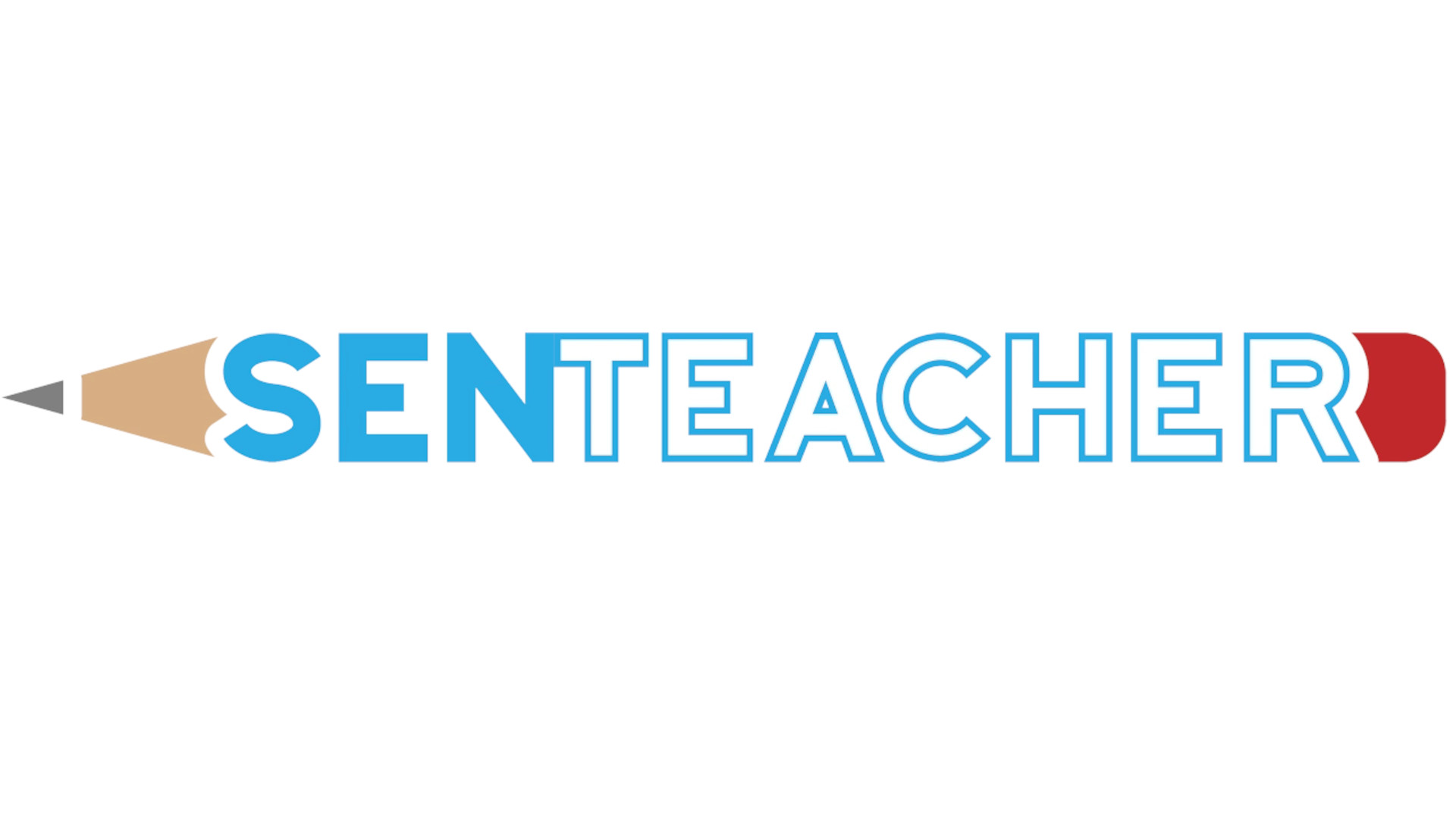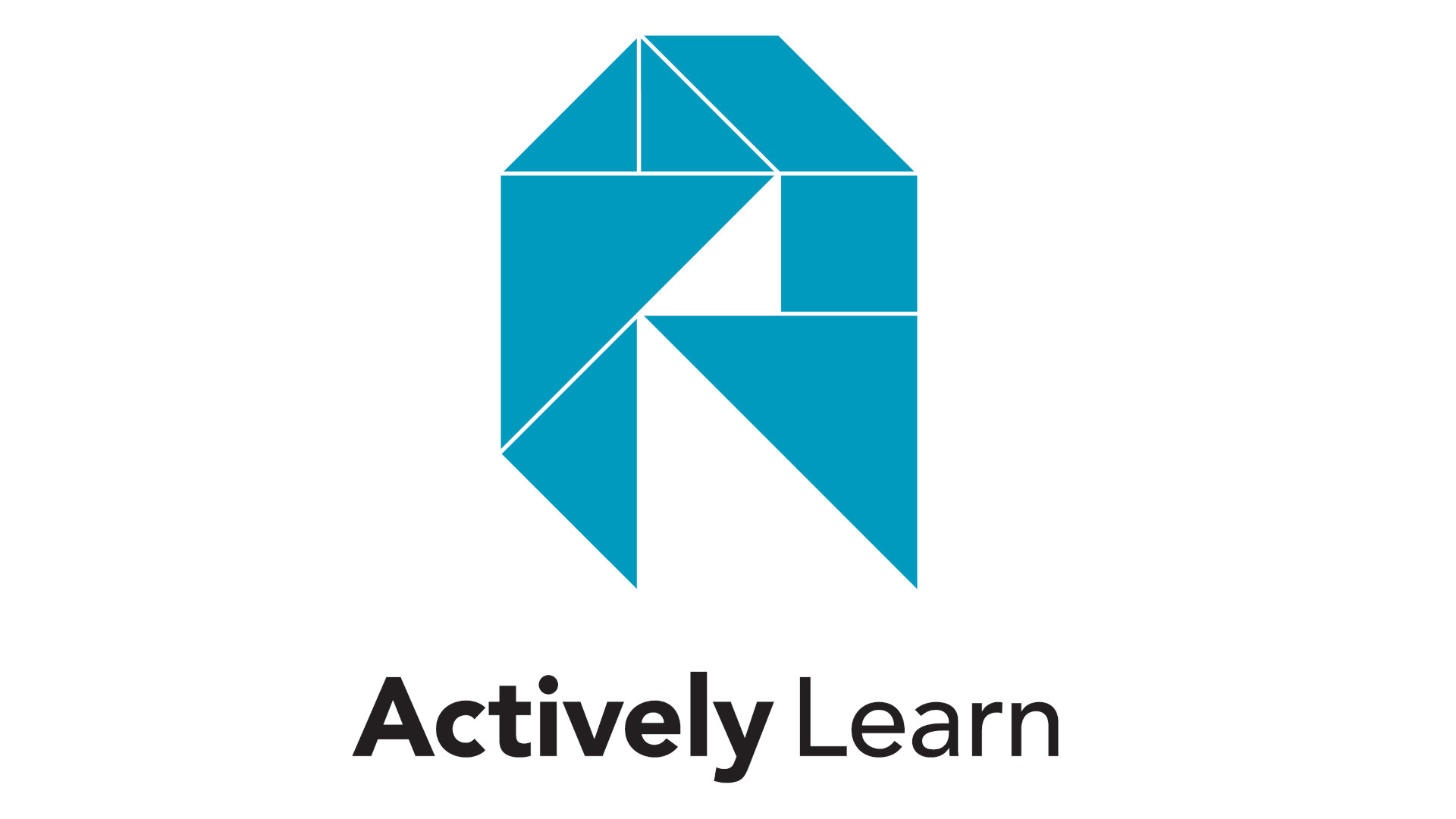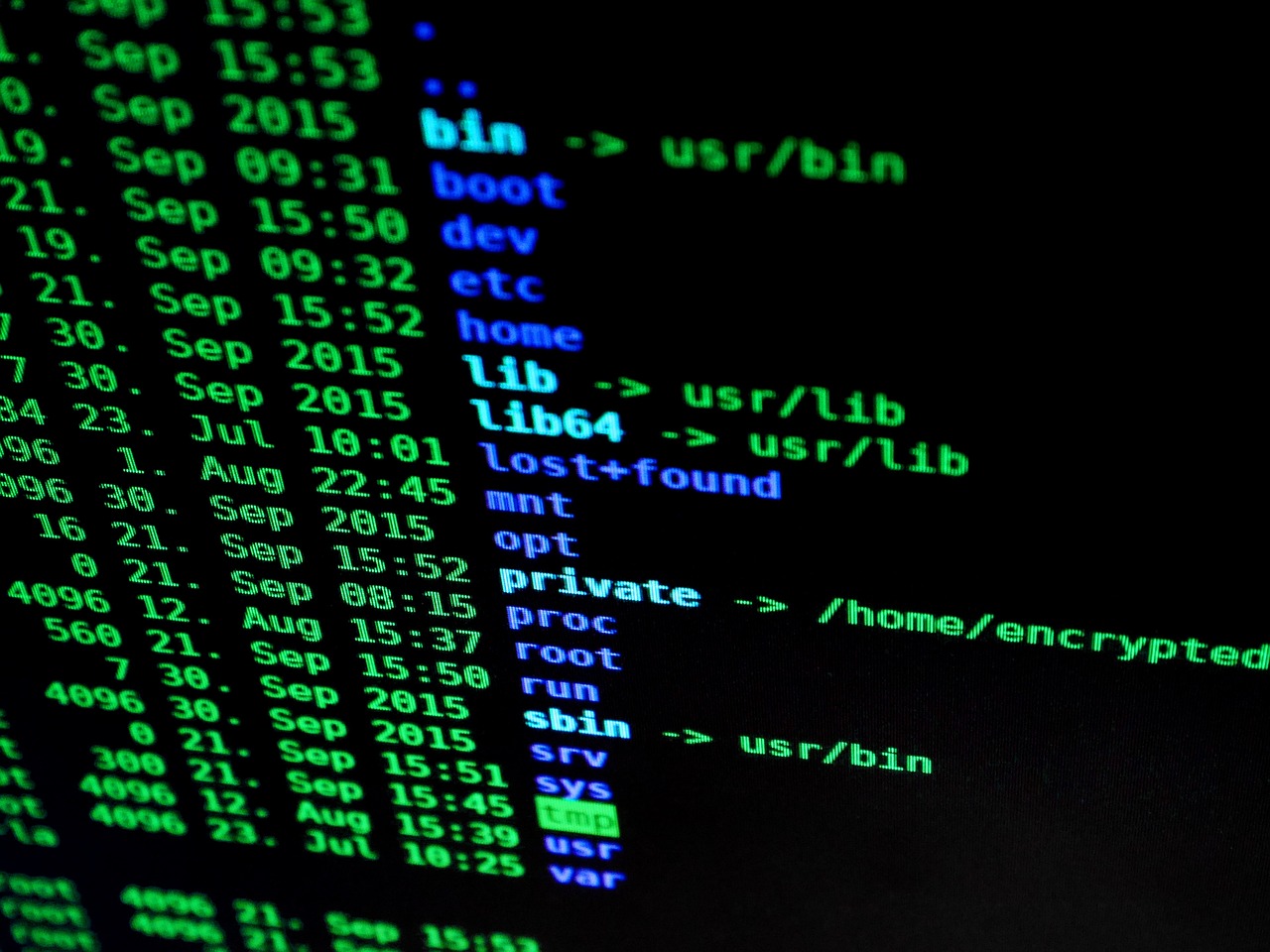Using Data to Prepare for Back to School
Collecting and analyzing data will be key to preparing for the school year ahead.
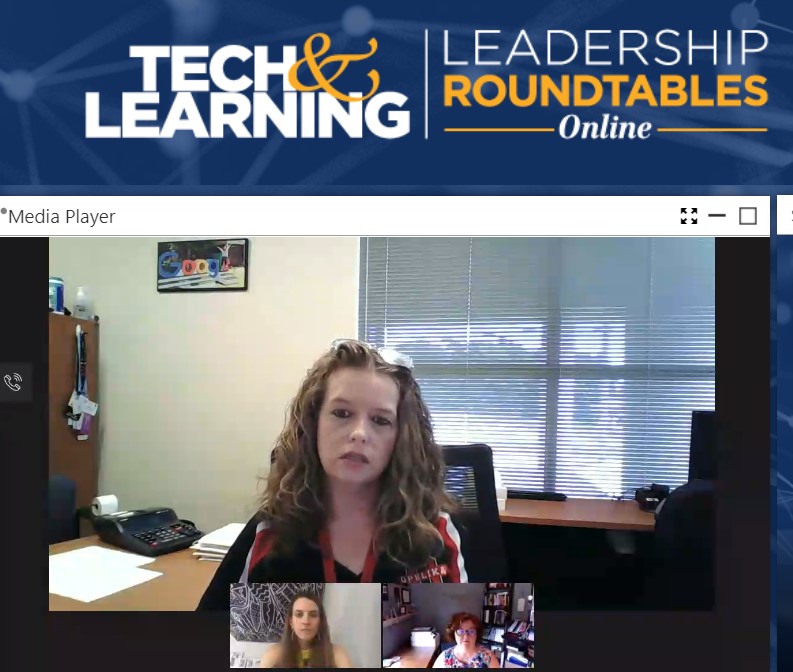
The sudden shift to distance learning was difficult for everyone. What’s clear is that educators need data and flexibility for teaching anywhere, through any challenge.
In this Tech & Learning Remote Learning webinar, Dr. Kecia Ray talked with thought leaders about how they use data in planning for the year ahead, including to deliver personalized learning, identify and address learning gaps, manage hybrid scheduling and attendance, and more.
See the on-demand version here
Key Takeaways
Data-driven decision-making. “What are you doing to prepare for the start of this school year that you were not doing last year?” asked Stacy Royster, CTO/Director of Technology of Opelika City Schools in Alabama. “From ensuring safety to washing hands, the pandemic has definitely turned education upside down.” Every aspect related to learning needs to be addressed in a different way this year. “What are those decisions being based on--a gut feeling or data?” asked Royster. “Obviously we want to use data.”
Creating the right learning environment. “The spring was the wild, wild west of learning tools--everything was free,” said Royster. Educators were eager to share and try tools, sometimes without checking to see if they were FERPA or COPPA compliant. Also adding new remote learning platforms, apps, and tools added an additional layer of confusion and frustration for many students and families. “We have to take the model of less is more going forward,” she said. “What can your people use and use comfortably? We want to stay within our wheelhouse and work with what we know what our teachers, students, and families can handle right now.”
Uncertainty ahead. As we head into the 2020-21 learning year, no one knows for sure where the gaps and slides in learning are, which will require intense student screening and data collection. “No one is going to get it right out of the gate,” said Royster. “We’re going to have to go back and continually assess as we go along.” She pointed out that every district in the state of Alabama is using the same PowerSchool dashboard, so all educators on the same playing field.
Missing data. Given all the challenges and issues with the rapid transition to remote learning in Spring, “It’s no surprise that we’re seeing a COVID slide,” said Marnie Stockman, Education Solutions Director for PowerSchool. One of the challenges in regard to that is trying to determine if remote learning is working, and that’s why data collection is critical. Districts need to rely on what assessment tools are available to determine what students know and then can adjust from there. “You have to be thoughtful about what data you do have, and what you don’t have, and how to collect it,” said Stockman. “And then how to organize it to help inform the learning.”
Tech & Learning Newsletter
Tools and ideas to transform education. Sign up below.
Alternative data collecting methods. Without assessments, educators can collect data in various ways, including observational tools-- such as watching a student during a video class--and survey tools. Being able to continually assess students is critical, particularly for social-emotional issues. For example, during remote learning in the spring, many expressed anxiety without having immediate feedback from teachers. Being able to continually gather information regarding students is critical to ensuring positive learning experiences.
Lunch 'n Learn with Tech & Learning
This report is part of Tech & Learning's District Leadership Lunch ‘n Learn Roundtable series, hosted by Dr. Kecia Ray. In this series, districts from across the U.S. share their strategic plans, the challenges they are facing, and the creative solutions they are using to support students and teachers. Access previous webinars and register for our upcoming events here.
More from T&L: Lunch 'n Learn roundtable recaps
Ray Bendici is the Managing Editor of Tech & Learning and Tech & Learning University. He is an award-winning journalist/editor, with more than 20 years of experience, including a specific focus on education.
